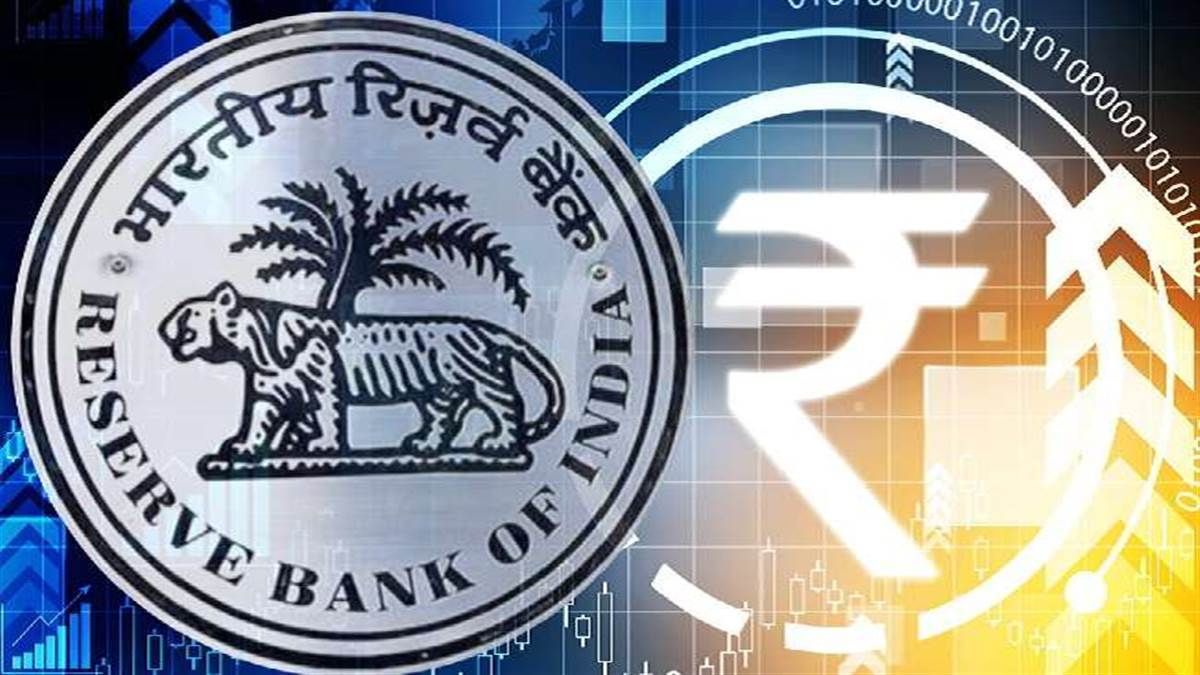The Reserve Bank of India (RBI) embarked on an innovative journey, joining the ranks of few central banks globally by introducing the Central Bank Digital Currency (CBDC) known as the e-Rupee. The RBI conducted a year-long pilot project to gauge public receptivity to this digital cash initiative. Now, the RBI is contemplating a groundbreaking development—a programmable e-Rupee.
What does a programmable e-Rupee entail? In essence, it leverages advanced technology, potentially utilizing blockchain, to embed smart contracts within the digital currency. These contracts define specific use cases, allowing the digital cash to be earmarked for designated purposes. For instance, funds could be programmed for farmers to exclusively purchase fertilizers or directed to rural areas for spending solely in supermarkets.
The programmable feature offers a strategic advantage to the RBI. By dictating specific usage scenarios and incorporating timers, they can not only control the cost of money through interest rates but also influence the velocity of money—the rate at which money circulates in the economy. This contrasts with conventional monetary policy adjustments, where interest rate changes take time to transmit through the banking system.
While the programmable e-Rupee introduces an innovative dimension to monetary control, some concerns arise. The principle of fungibility—where all money is interchangeable—could be temporarily compromised as funds are earmarked for specific purposes. However, Deputy Governor T Rabi Shankar clarified that fungibility is merely put on hold during the programmed period. Once the intended purpose is fulfilled, the money regains fungibility.
Despite its potential, programmability raises privacy and control issues. Governments or central banks could potentially dictate spending behaviors by imposing conditions or expiration dates on digital funds. The balancing act between innovation and safeguarding individual autonomy remains a key consideration.
As the RBI navigates these early stages of development, the introduction of a programmable e-Rupee could reshape India’s financial landscape, providing the central bank with unprecedented tools for monetary policy and economic stimulus. The exact implementation and potential pitfalls remain to be seen, but the prospect of India’s central bank programming money is indeed a game-changer in the evolving landscape of digital currency.


